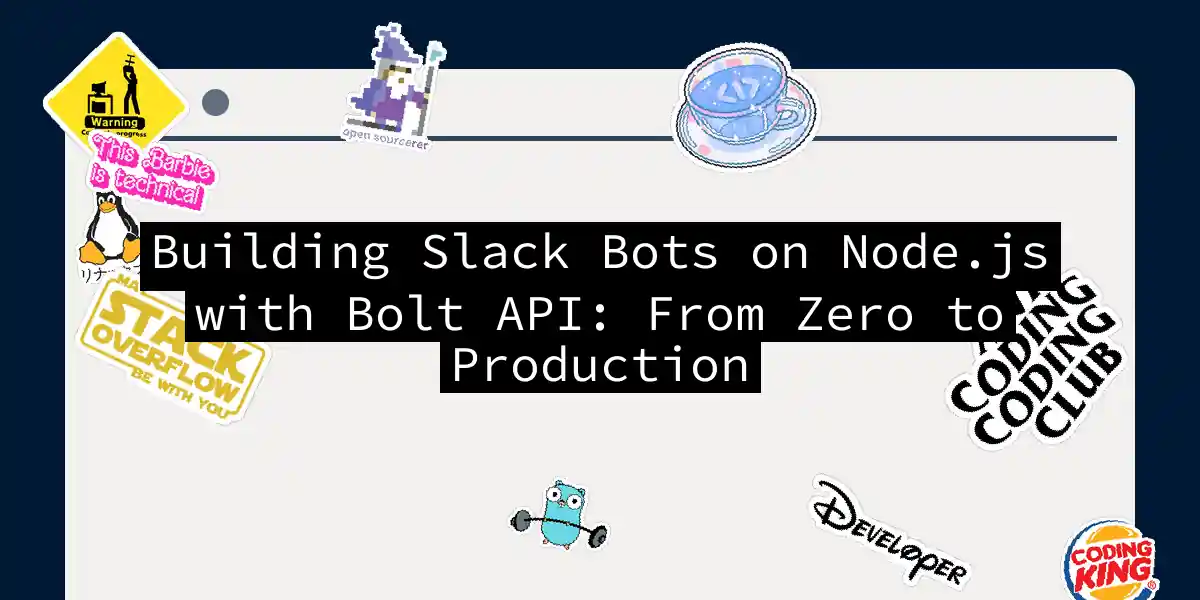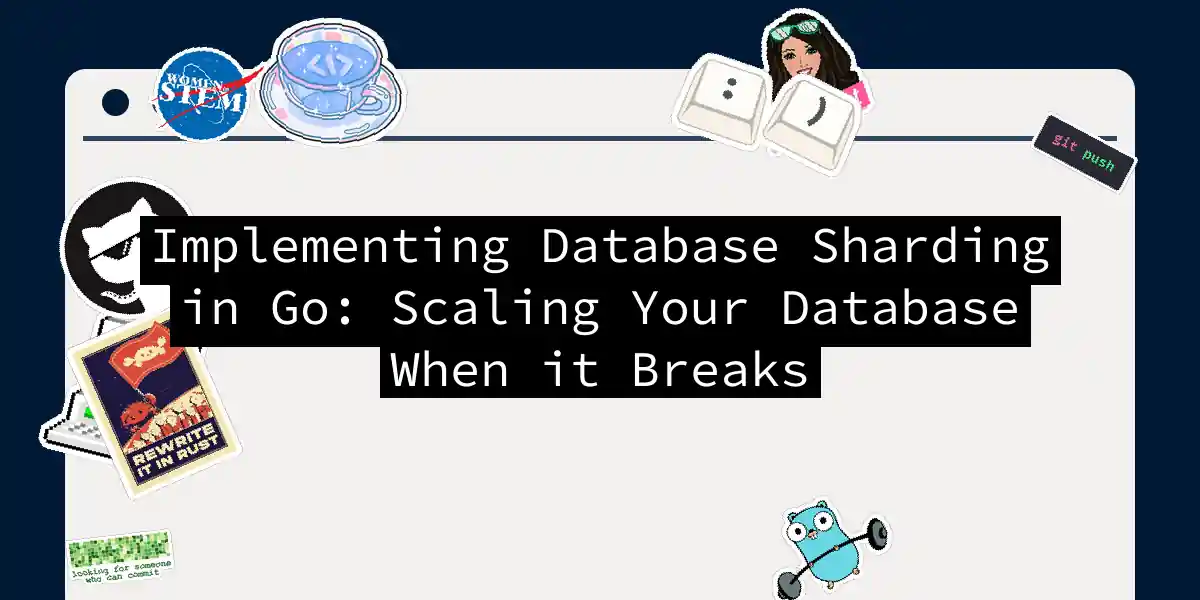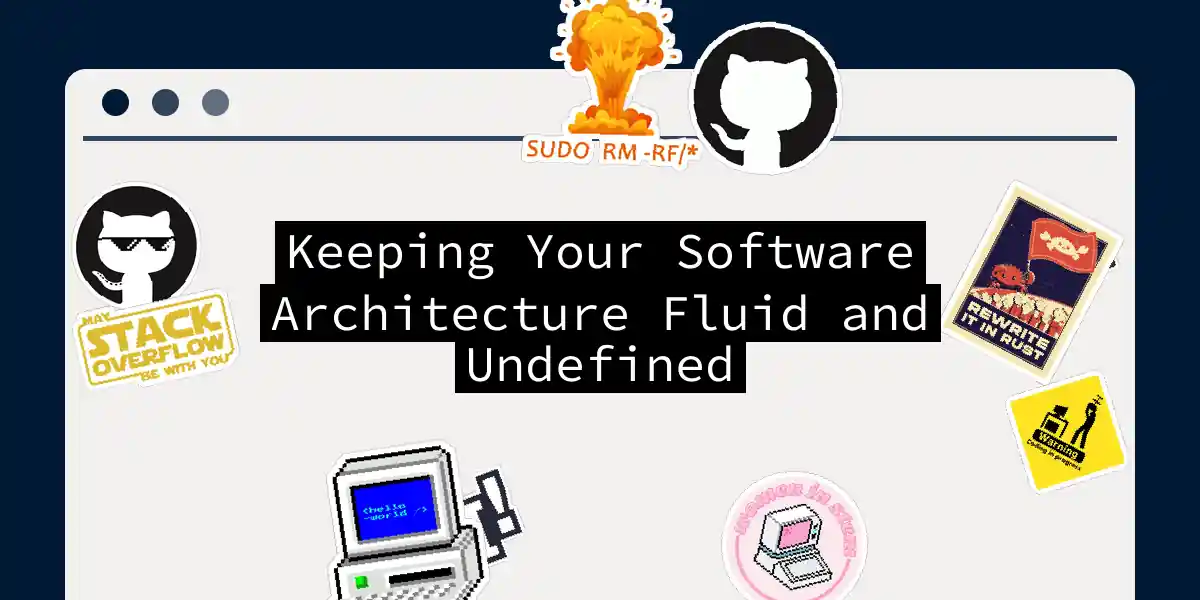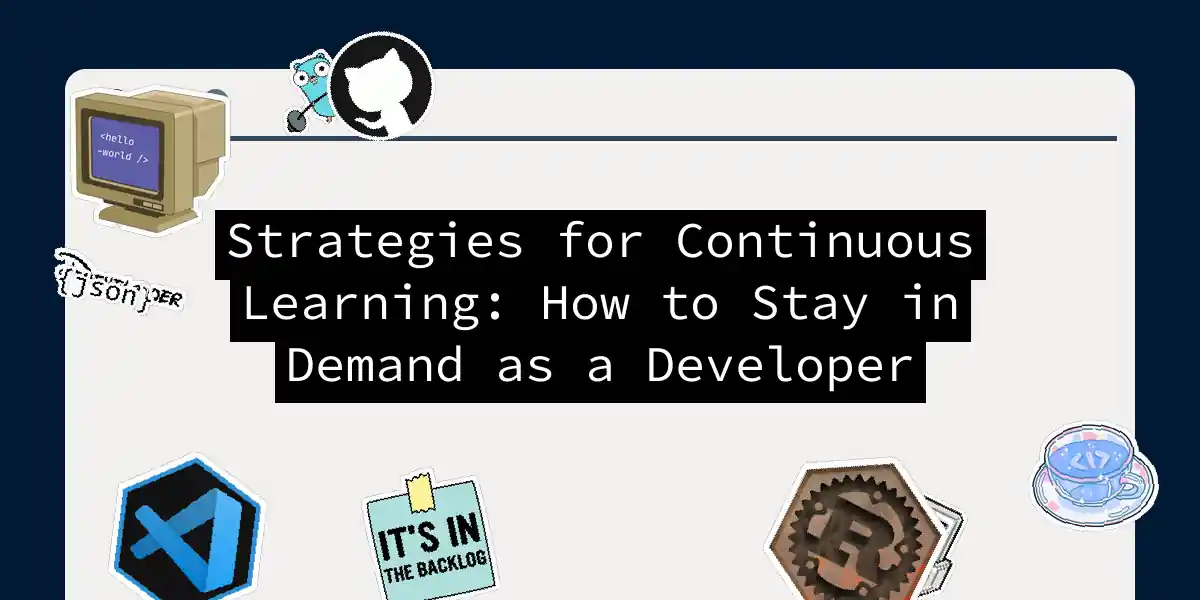
Building Slack Bots on Node.js with Bolt API: From Zero to Production
If you’ve ever wondered what happens when a developer’s procrastination meets a company’s communication platform, you get a Slack bot. And let me tell you—building one is far more fun than it should be. In this guide, we’re going to dive deep into the art and science of creating powerful Slack bots using Node.js and the Slack Bolt API. Whether you’re automating mundane tasks, querying databases, or just making your team’s life easier (and slightly more entertaining), this comprehensive walkthrough will get you there....



